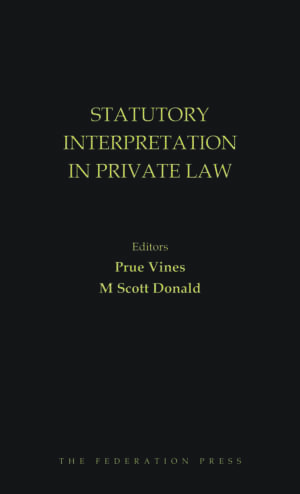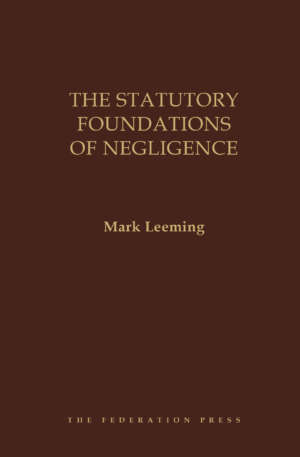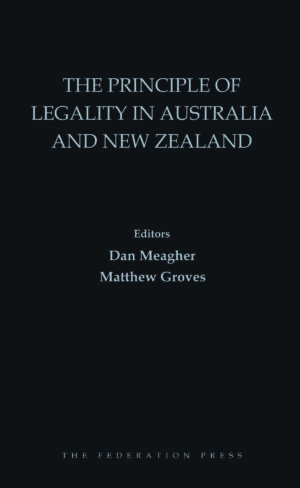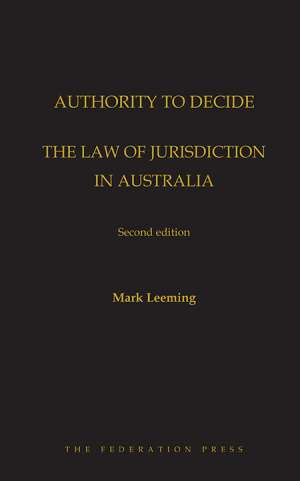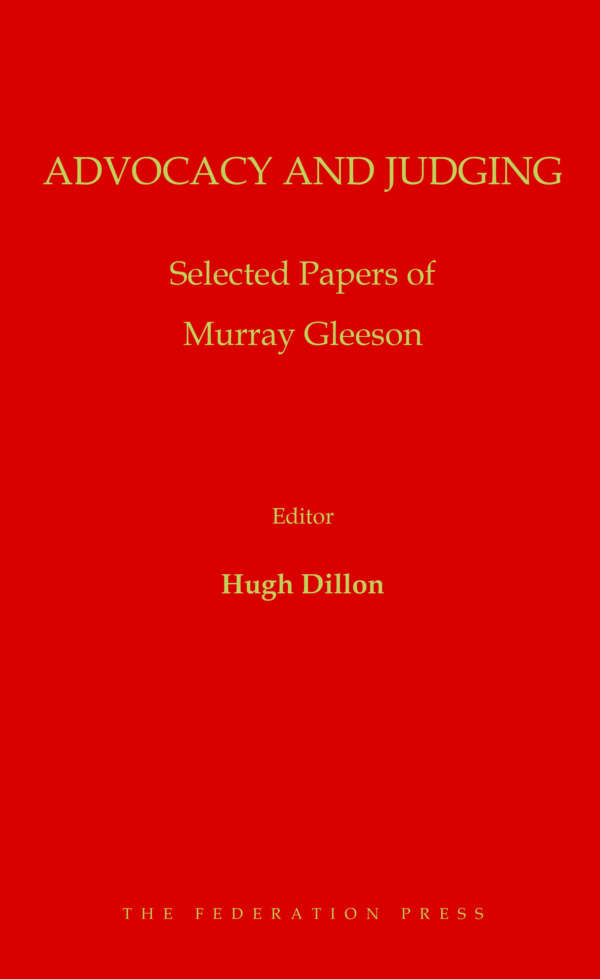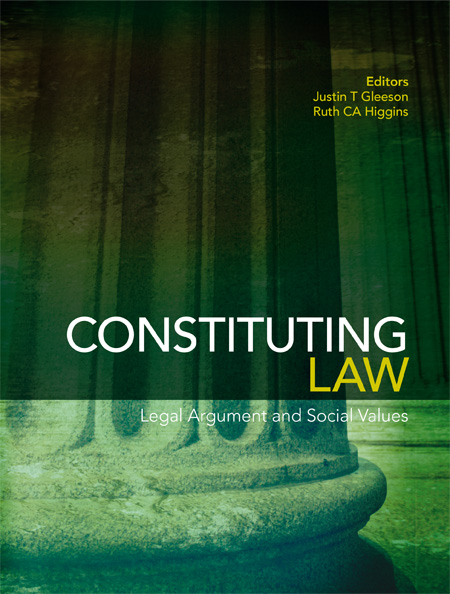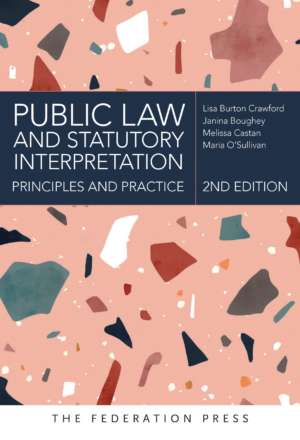Product Description
Resolving Conflicts of Laws was cited 6 times by the High Court in Momcilovic v The Queen (2011) 2451 CLR 1; [2011] HCA 34. It has also been cited in the Same-Sex Marriage Case (Commonwealth of Australia v Australian Capital Territory) (2013) 250 CLR 441; [2013] HCA 55 at [61], in Plaintiff M47-2012 v Director General of Security (2012) 251 CLR 1; [2012] HCA 46 at [54] and [136], in Sportsbet Pty Ltd v New South Wales (2012) 249 CLR 298; [2012] HCA 13 at [10], in CFMEU v Director of the Fair Work Building Industry Inspectorate (No 2) (2013) 209 FCR 464; [2013] FCAFC 25 at [61]; in Wreck Bay Aboriginal Community Council v Williams [2017] ACTCA 46 at [45] and [47] and in a large number of other appellate and first instance decisions.
An important feature in all legal systems, but especially in federations whose polities have overlapping legislative powers, is that those laws regularly conflict – or at least are claimed to conflict. Any coherent legal system must have principles for resolving such conflicts. Those principles are of immense practical as well as theoretical importance. This book, which straddles constitutional law and statutory interpretation, describes and analyses those principles.
This book does not merely address the conflicts between Commonwealth and State laws resolved by the Constitution (although it does that and in detail). It analyses the resolution of all of the conflicts of laws that occur in the Australian legal system: conflicts between laws enacted by the same Parliament and indeed within the same statute, conflicts between Commonwealth, State, Territory, Imperial laws and delegated legislation.
After identifying the laws in force in Australia, the chapters deal with:
conflicts in laws made by the same legislature, focussing on the interpretative process of statutory construction;
repugnancy, a doctrine with continuing vitality in the areas of s79 of the Judiciary Act, delegated legislation and Territory laws;
conflicts between laws of the Commonwealth and State laws, proposing that the categories of inconsistency (commonly three: direct, indirect and “covering the field”) are best seen aspects of a single constitutional concept;
conflicts between the laws of two States, and
conflicts involving the laws of the self-governing Territories


